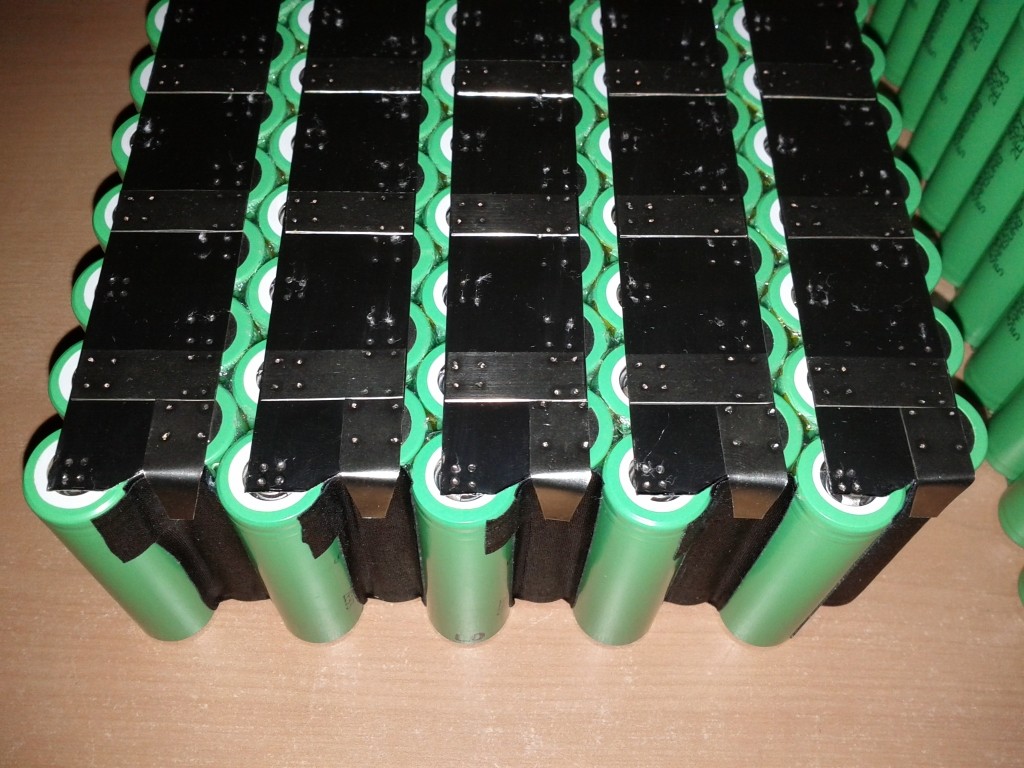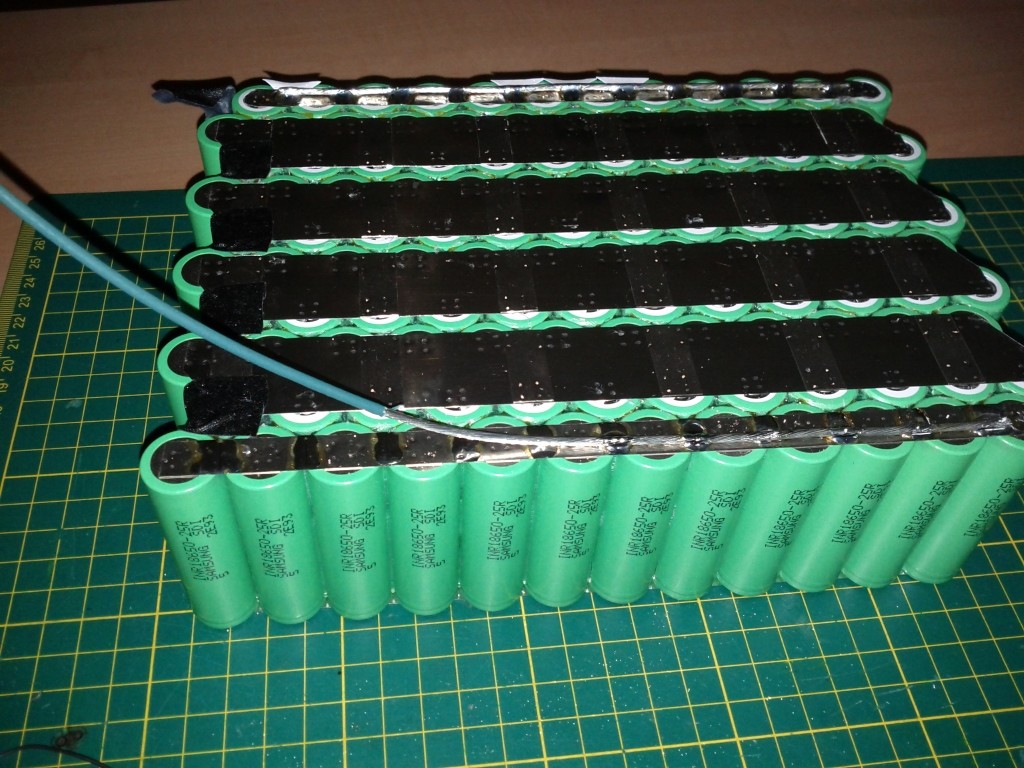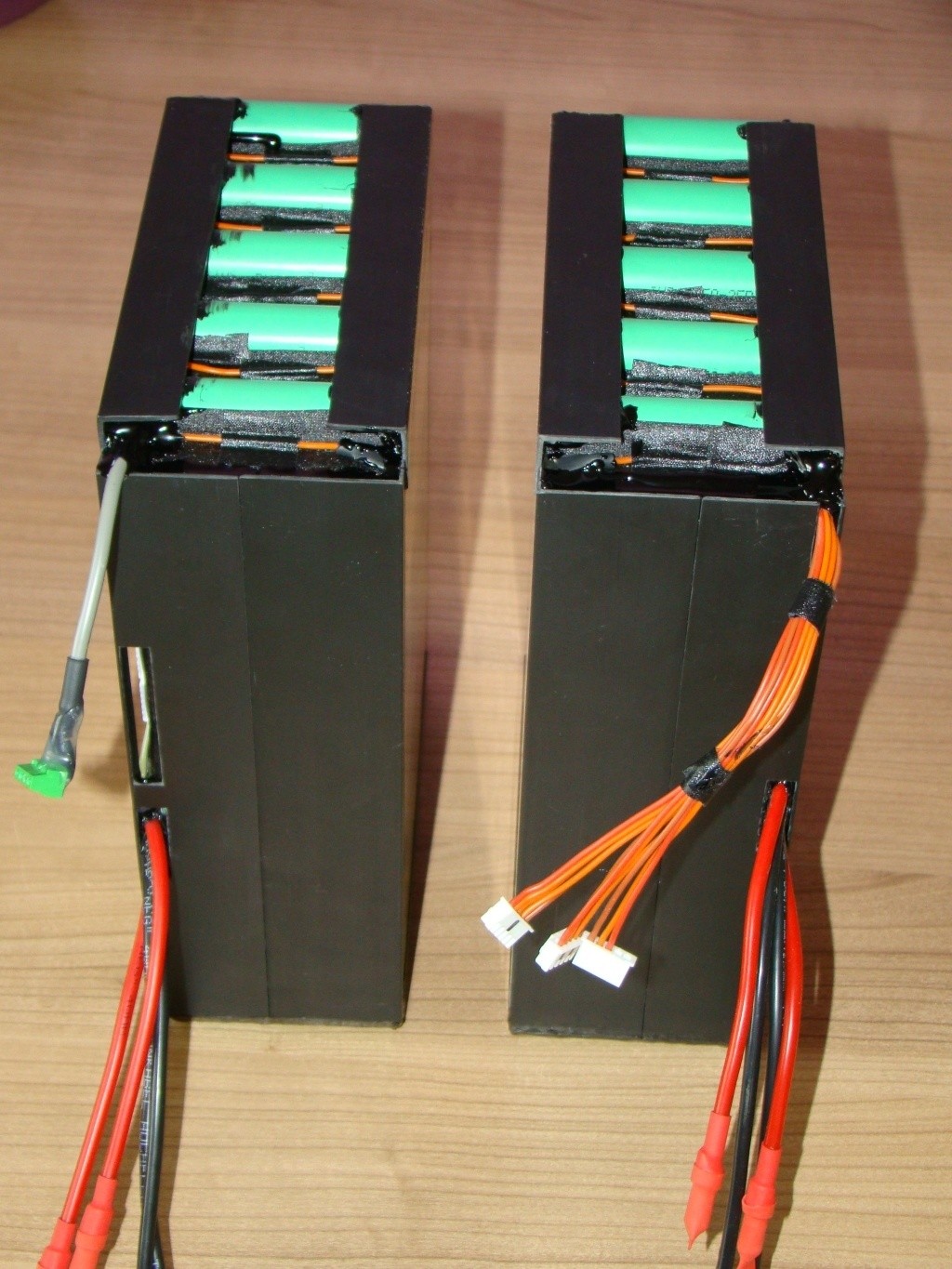hey willow
im having good results now that i have done 3 things.
first-i reduced my electrode tip SA- it was very sensitive to this. not exactly sure what my tip SA is now but im using old copper wire used to wire houses for my electrodes... at a guess roughly 1.5 mm^2. good thing about this is the gauge is uniform so it doesnt get fatter as they wear.
second- i tried using lots of pressure and it didnt work, by chance i reduced the pressure to quite light and got a good weld straight up. i think the lower pressure increases resistance slightly between the work peices and creates more heat for less current. now that i have built my proper electrode arms this is much more consistent. of course to little pressure tends to blow out a hole as an arc forms. i guess this is dependant on the power are using.
lastly (and im still waiting for a few bits) ive got a a timer instead of the variability of my foot/thumb/whatever.
i realise with your machine, none of these may be applicable cause youve prob already got these things sorted, and my power levels are probly lower- but i nearly gave up until my lucky results with the first two point steered me in the right direction (for me)
ive been using the wood heat guide too

very techincal! but now with a good weld i leave no mark and it is only warm to touch within a second or so.
my best results are welding aprox .15-.2mm tab to a thicker backing~.3mm although i can do down to .1tab to .1backing (specially once my SSR turns up)
ran into a guy in SOHO yesterday sporting a sweeet looking bike- i stopped and talked and had a squiz. it was very nice.. turned out its one of eric's machines. not too many people in hobart doing that sort of work (i feel like a hack now).
anyway that ride needs to get done-tried last week but ran out of time- ill keep in touch re ride
K






